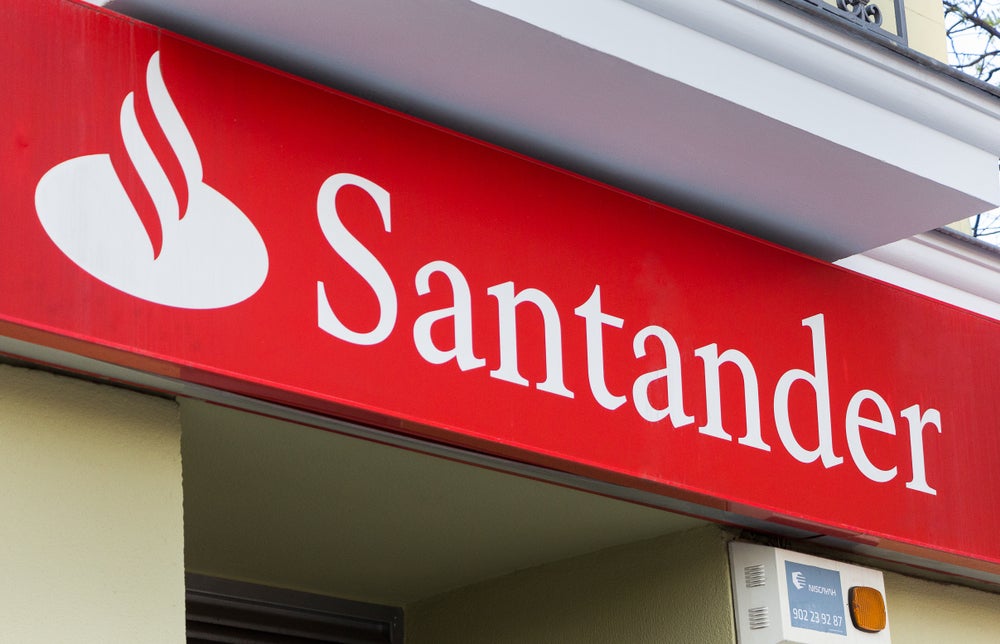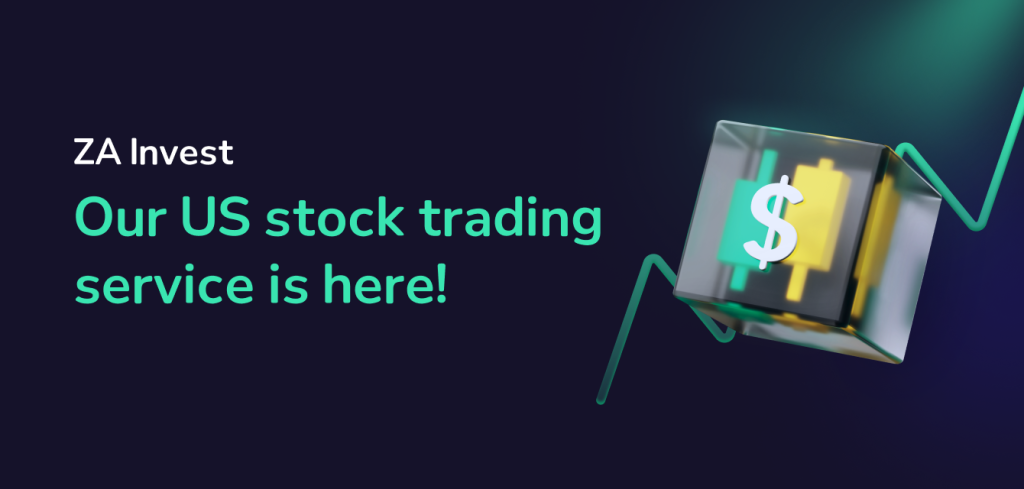Around 1,500 financial advisers leave top wealth
management firms per year in the US to set up their own businesses,
a trend which, though accelerated by the recent downturn, has been
gathering pace for some time. Charles Davis
examines the implications for business models in North
America.
Long after the markets have stabilised in
the wake of whatever economists end up labelling the 2008 crash,
the most noticeable and long-lasting effects will be felt in the
structure of the wealth management advisory market.
Already on the move thanks to the
well-chronicled failures of the investment banking giants and the
emergence of technological platforms allowing independents to
replicate the services of the wirehouses, the pace of change in the
advisory space now is breathtaking.
It is tempting to ascribe what is
happening entirely to market turmoil, yet the shift toward
independent advisers probably is being driven by larger forces,
structural and cultural, that would have created change even in a
bull market. Factors driving this trend include the desire among
advisers to build equity stakes in their business; become better
rewarded for their own profitability; and decide more directly how
their services will be priced and delivered. At the high end of the
market, advisers are working on ever more complex financial
products with clients presenting wide-ranging needs, only to run up
against restrictive corporate policies and layers of bureaucracy at
every turn.
Frustrated by the perception of conflicts
of interest between the buy and sell side, dogged by daily
headlines of scandal and intrigue, it is little wonder that the
investment advisory business is in real flux. Indeed, a white paper
from Charles Schwab reports that advisers were turning their backs
on the big firms even before the market turned for the worse. The
report found that since early 2007, about 1,500 financial advisers
left the likes of Merrill Lynch, Smith Barney and others to move to
independent firms.
Clients prefer objective
advice
How well do you really know your competitors?
Access the most comprehensive Company Profiles on the market, powered by GlobalData. Save hours of research. Gain competitive edge.

Thank you!
Your download email will arrive shortly
Not ready to buy yet? Download a free sample
We are confident about the unique quality of our Company Profiles. However, we want you to make the most beneficial decision for your business, so we offer a free sample that you can download by submitting the below form
By GlobalDataAnd private banking clients are moving
too. According to Schwab, 46 percent of wealthy households now use
an independent advisory firm because they feel they receive more
objective advice.
Until now, Wall Street investment houses
had managed to portray themselves as investors’ allies through some
deft marketing and by changing the titles of brokers to advisers.
In the wake of the crash of 2008, however, Wall Street is persona
non grata, and the timing could not be worse: with four million
Baby Boomers turning 60 each year until 2024, Wall Street stands to
lose a considerable amount of business to Main Street.
That movement is already well underway.
According to Frank Campanale, chairman and CEO of Campanale
Consulting Group, a Birmingham, Alabama-based advisory consultancy,
registered investment advisers (RIAs) are capturing about $3 for
every $1 the investment firms are bringing in in new business.
A November report, The Registered
Investment Advisor Survey by Citi Investment Research, stated that
RIAs who use Schwab Institutional, Fidelity Institutional Wealth
Services and TD Ameritrade Institutional as custodians
collectively, brought in $215 billion in new assets during the
18-month period ending June 30, compared to $168 billion gathered
during the same period by stockbrokers at Smith Barney, Merrill
Lynch, UBS and Morgan Stanley. Keep in mind that the study was
conducted in June, when the Dow still hovered around 12,000.
The custodial arms of investment companies
clearly sense the momentum and have redirected resources at
capturing ‘breakaway’ advisers. Fidelity recently announced 55
breakaway brokers, bringing more than $7 billion in assets, have
selected the company as the custodian for their newly established
independent RIA firms during the first six months of 2008, more
than doubling the assets from new breakaway clients during all of
2007.
Majority of clients would
follow
Would-be breakaway brokers are emboldened
by data in a recent survey released by Fidelity, which said brokers
believe 60 percent of their clients, on average, would follow them
if they were to go independent or join a new firm. And 31 percent
of the brokers said they would expect three-quarters or more of
their clients to follow.
About 36 percent of the 127 brokers at
national wirehouses, regional brokerages, insurance broker-dealers,
or bank broker-dealers surveyed by Harris Interactive on behalf of
Fidelity’s custodial arm, National Financial, have recently
considered either starting their own firm or joining an independent
broker-dealer or registered investment adviser firm.
A range of companies are making it easier
than ever for brokers to break away, offering a wide range of
investment products and services for advisers, including asset
custody, asset management, transition support, and trading
support.
In June, Fidelity introduced HybridOne to
offer investment services to advisers that were interested in tools
for both registered investment advisers and broker-dealers.
Many advisers are already moving toward a
fee-based platform internally, so they are essentially running
their own firm within the payout structure of a larger firm. Schwab
estimates that an RIA would have an overhead expense margin of 35
to 40 percent, leaving 60 to 65 percent of revenue for principal
draws, professional salary and investment back into the firm.
Top-producing wirehouse brokers typically receive payouts of less
than 45 percent. This means the top producers are leaving
considerable money on the table, endangering the hold of the
wirehouses on the very stars they most want to keep.
Building an equity
stake
Hardest of all to match is the allure of
building equity in a business. The profitability of independent
firms creates a transferable cash-flow stream that could attract
potential buyers – a dream scenario for any money manager
generating top-dollar results for clients.
The ultimate driver for the RIA model,
however, is the rapid embrace of the fee-based model for advisory
services. Although many independent advisers continue to earn
commissions on product sales, the trend toward fee-based or
fee-only business clearly better aligns the interests of the
adviser and client, while mitigating the conflict of interest
issue.
A fee-based model can also provide a more
stable and predictable revenue stream to the adviser – a benefit of
no small import in volatile economic times.
For all of these reasons, 2008 will go
down in history as the turning point for RIAs, which will
inevitably grow to levels unimaginable even a year ago.






